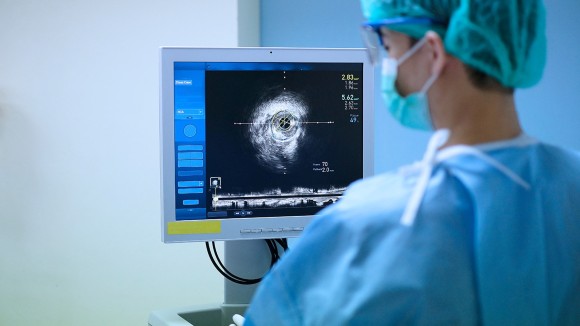Dr. Haibo Jia, MD, PhD, FACC, FESC, Harbin Medical University & National Key Laboratory of Frigid Zone Cardiovascular
Diseases, China
Haibo Jia obtained his Master’s degree and PhD from Harbin Medical University. He completed his post-doctoral training at Harvard Medical School from 2012 to 2015. His clinical and academic abilities have been recognised through several awards, including ‘China’s Top Doctor Award 2018’ and National prize for progress in Science in Technology in 2019. Dr. Jia leads several clinical studies, focusing on acute coronary syndrome & specifically plaque erosion. His research works to elucidate the important role of plaque erosion and plaque rupture in the pathogenesis of acute coronary syndrome (ACS). His group established the optical coherence tomography (OCT) definitions of plaque erosion and calcified nodule in vivo. The EROSION serial studies have highlighted the potential for avoidance of stenting in ACS caused by plaque erosion. His ongoing research provides an opportunity to better delineate the drivers of this important cause of ACS, aiming to further influence treatment of these high-risk patients.

